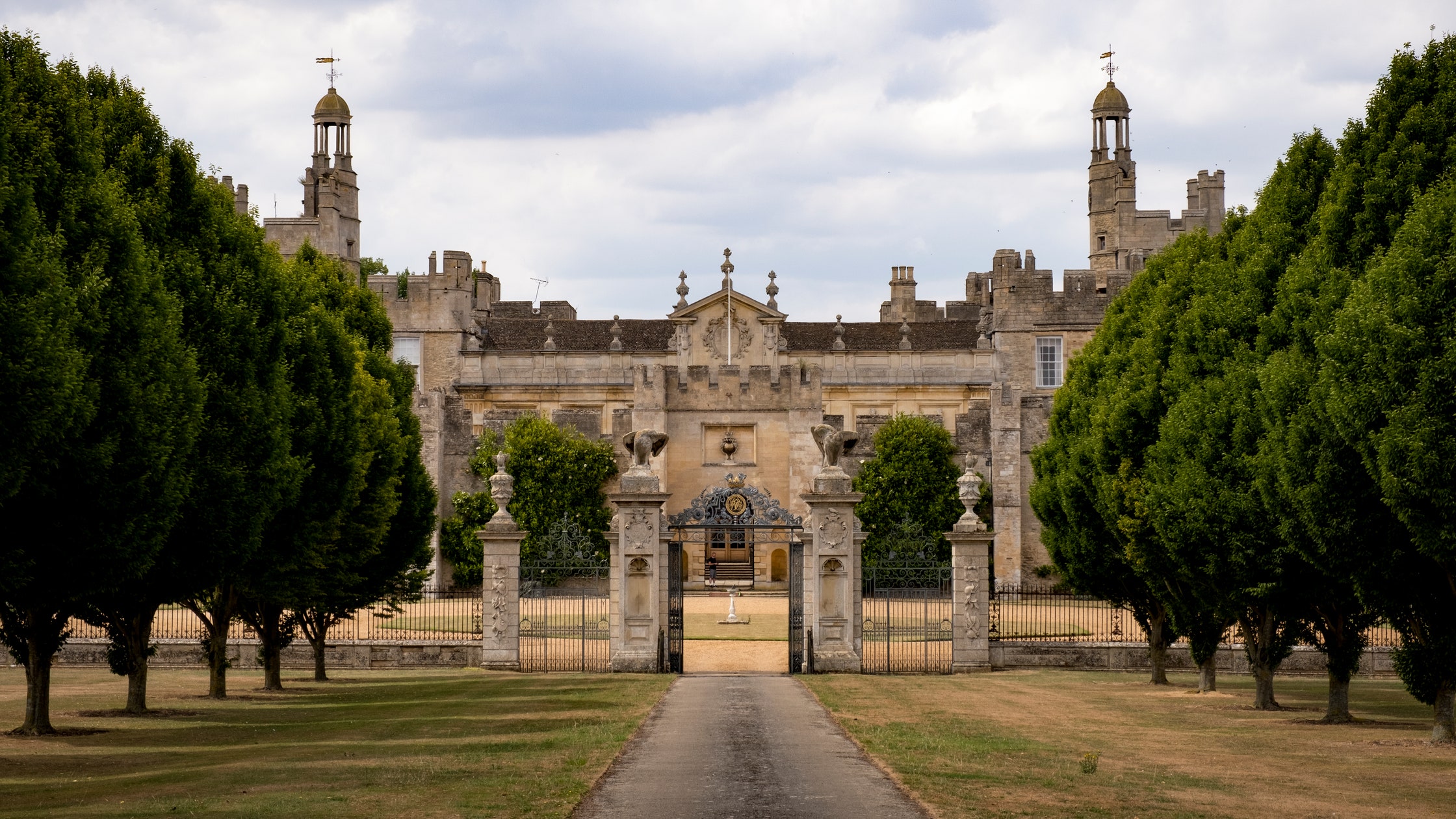Behind the Scenes of Saltburn’s Production Design
The English country house serves as an iconic setting, often featured in various films. In the case of Saltburn, a narrative centered around a young man captivated by the aristocratic Catton family, writer-director Emerald Fennell aimed for a distinctive mansion that could encapsulate the film’s essence. The team discovered a magnificent, privately owned 127-room manor in Northamptonshire. This unique location provided a singular backdrop for their storytelling, enhancing the authenticity of the film.
Filming in a Privately Owned Manor
Production designer Suzie Davies expressed the challenges and triumphs of the project. Unlike National Trust properties, where restrictions on modifications are strict, the manor’s owners allowed the crew to make significant changes. This flexibility facilitated the creation of an environment that truly represented the film’s aesthetic.
According to Fennell, finding a location that had yet to be used in other productions was crucial. The aim was to create a genuine representation of the world their characters inhabit, one that felt real while still being visually stunning.
Production designer Suzie Davies incorporated the home’s existing square pond but enhanced the scene with a floating dock. The film was shot during a hot summer in 2022, which added to the film’s rich atmosphere.
Historical Significance of the Manor
This remarkable house, originally constructed around 1300, boasts a rich history dating back to 1066. Several renovations have since transformed its appearance, notably a Baroque refurbishment in the 1700s. Key locations within the manor, such as the chapel, gardens, and various rooms, were thoughtfully repurposed for filming. Additionally, the design team introduced modern topiary, artwork, and carefully selected furniture to bring the spaces to life.
The filmmakers utilized one of the manor’s three dining rooms, opting for the existing family table while introducing chairs with interchangeable covers for versatility.
The Catton family’s luxurious reading room was reimagined as a TV room. Decorated with vibrant colors and extravagant decorations, it reflects the characters’ lifestyle profoundly.
Creating a Unique Atmosphere
To serve the narrative effectively, numerous alterations were made throughout the house. For example, the boys’ bedrooms were tailored with a realistic aesthetic, incorporating everyday elements. This attention to detail was paramount in showcasing the lived experience of the characters.
An elaborate maze, designed by maze creator Adrian Fisher, formed a central aspect of the film’s climax. While the full structure was not physically built, its essence was conveyed through creative methods, including CGI.
The Essence of Realism
Beyond architectural beauty, Fennell aimed to convey a sense of life within the house. Elements such as ashtrays filled with spent cigarettes and remnants of a grand party created a surreal juxtaposition of glamour and disarray, further enhancing the film’s theme of opulence intertwined with chaos.
The striking walnut staircase became a focal point of the narrative, illustrating both the home’s grandeur and its chaotic lifestyle.
The design choices throughout Saltburn reflect intentions of showcasing both allure and unease. As the plot unfolds, the atmosphere of the house serves to mirror the emotional state of the characters, inviting viewers into a world that is at once desirable and disturbing.
Conclusion
Ultimately, Saltburn exemplifies how location and design can profoundly influence storytelling. The collaboration between the filmmakers and the manor’s owners led to an unforgettable cinematic experience that resonates with viewers, leaving a lasting impression of both beauty and decay.




